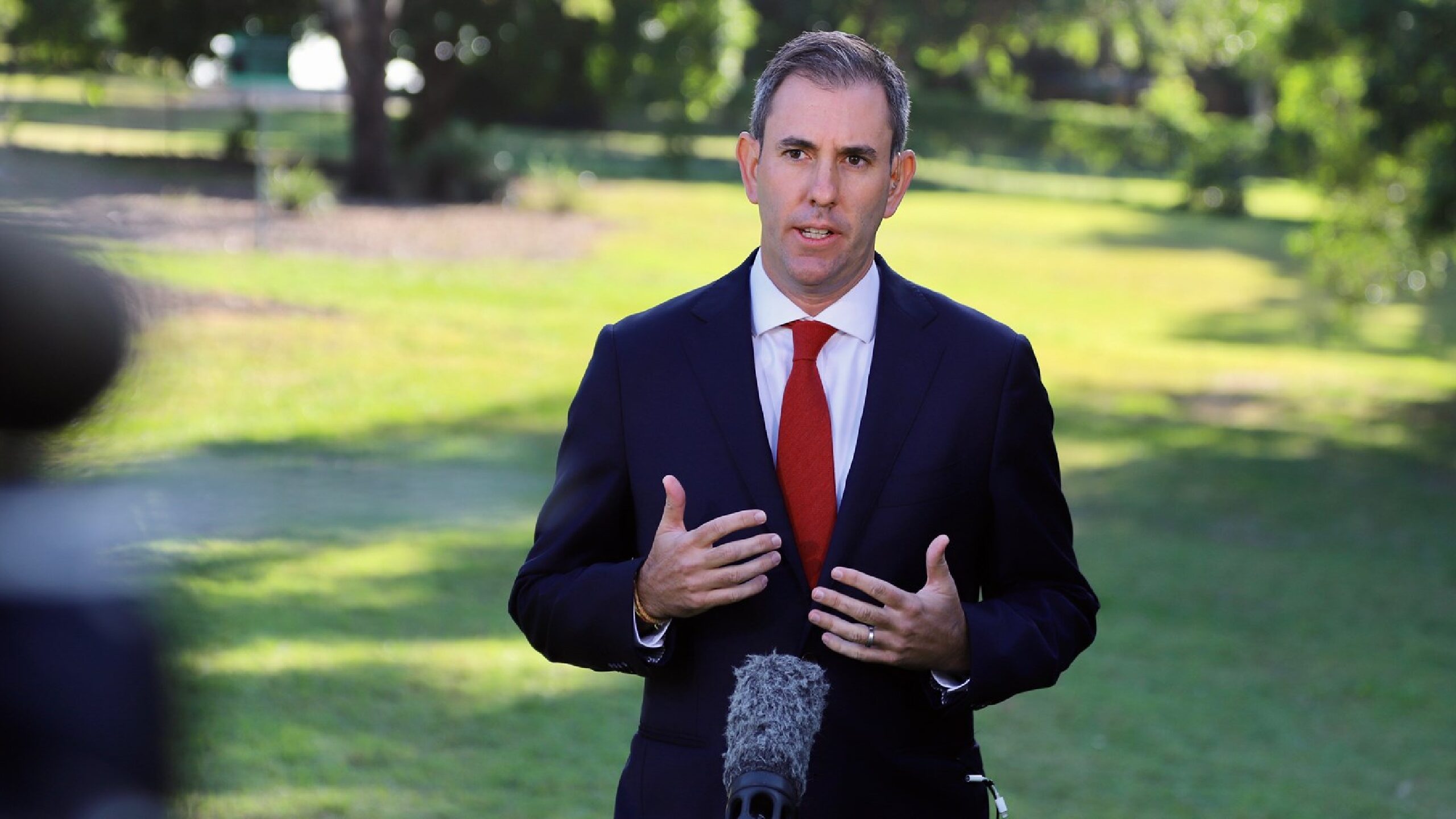US stocks to rise as inflation sags in post-pandemic period: BCA Research
The unwinding of negative supply shocks seen during the pandemic should bring a softening of interest rates as the US moves into the post-pandemic era, a development which BCA Research predicts will lead to a temporary bump in stock prices and a corresponding declination in bond yields.
In a recent strategy report ‘Kinky Economics’ (a reference to the ‘kink’ in supply curves representing the non-linear relationship between price and supply), the research house says the three factors or ‘shocks’ that spurred higher inflation in US are all now reversing.
Firstly, the negative shock to supply as a result of the pandemic – when people either lost jobs or relied on stimulus payments, and logistics chains convulsed – is naturally unravelling as employment and supply snarls are loosened.
“Generous unemployment benefits and stimulus checks, along with the general reluctance that many people had towards working outside the home, curbed labor supply,” BCA explained. “This was exacerbated by lockdowns and other supply-chain dislocations.”
The trend to demand for goods, rather than services, is also now returning to its status quo. The very composition of demand is essentially reverting to its natural state as people go back to their normal spending patterns.
And thirdly, aggregate demand has experienced a “positive shock” thanks to looser fiscal and monetary policies. “Against the backdrop of a very tight labor market (and hence a nearly vertical aggregate supply curve), this caused inflation to soar,” BCA stated.
As these three “shocks” either settle or their effects sink in to the economy, the near-term should see friendly conditions for equities, in particular, up until at least mid-2023.
“Bottom Line: The US economy is likely to experience a benign disinflation over the next six months,” the research house explained. “Stock prices will rise, bond yields will drop, and the dollar will weaken. A more treacherous environment potentially awaits in 2024, by which time the aggregate demand curve may reach the flat side of the aggregate supply curve.”
For now, however, BCA argues that while inflation declines and unemployment remains low company valuations are ripe to rise.
“Stocks will go up,” it notes. “As the aggregate demand curve slides down the steep side of the aggregate supply curve, a benign disinflation will unfold where inflation declines but unemployment stays low. An outwards shift in the aggregate supply curve, along with a normalization in the composition of spending, will facilitate this process.”
As for the mid-term, market conditions are less clear.
“Looking beyond the next six months, the outlook is more nebulous. As aggregate demand declines in response to the lagged effects of tighter monetary policy, there is a risk that the US economy reaches the flat side of the aggregate supply curve where falling demand primarily leads not to lower inflation but to higher unemployment. That would not be good for stocks.
“On the flipside, there is a risk that demand falls for a while but then starts to rise again as real personal disposable income recovers thanks to falling inflation,” BCA continued. “This could cause inflation to reaccelerate, which would not be good for stocks either.
“While we think the odds of such a ‘second wave’ of inflation are lower now than they were prior to the November FOMC meeting, it is a risk that cannot be excluded, especially if financial conditions end up easing somewhat over the next few months.
“This leads us to hold a more cautious view on stocks over a 12-month and longer horizon.”










